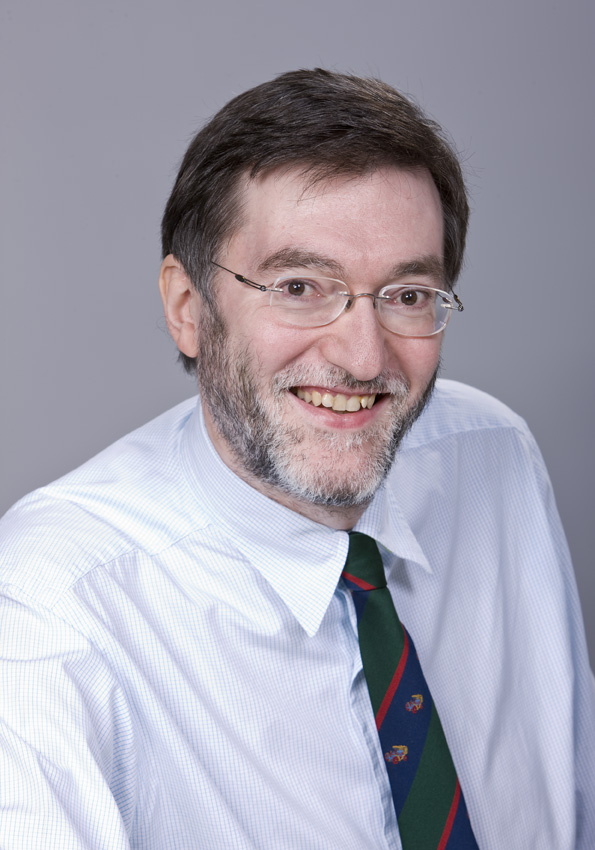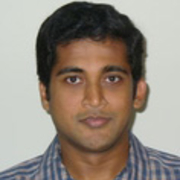Tutorials
Summary:
This tutorial presents a framework for design science in information and software systems engineering that shows how in design science research, we iterate over designing new artifacts and empirically investigating these artifacts. To be relevant, the artifacts should potentially contribute to organizational goals, and to be empirically sound, research to validate new artifacts should provide insight into the effects of using these artifacts in an organizational context. The logic of both of these activities, design and empirical research, is that of rational decision making. I show how this logic can be used to structure our research as well as our research reports. This is summarized in the form of checklists for the design cycle and the empirical cycle. Finally, I will discuss in more detail what the role of theories in design science research is, and how we use theory to state research questions and to generalize the research results.
Short bio of the presenter:
Roel Wieringa occupies the chair of Information Systems at the Department of Computer Science at the University of Twente, The Netherlands. His research interests include requirements engineering, enterprise architecture, IT security risk assessment and design science research methodology for information systems and software engineering. He has written three books, Requirements Engineering: Frameworks for Understanding (Wiley, 1996), Design Methods for Reactive Systems: Yourdon, Statemate and the UML (Morgan Kaufmann, 2003, and Design Science Methodology for Information Systems and Software Engineering (Springer, 2014,
http://link.springer.com/book/10.1007/978‐3‐662‐43839‐8).
Summary:
Pen‐based gesture recognition consists of recognizing and interpreting human gestures captured by a pen on any interactive surface, such as a smartphone, a PDA, a tablet, a graphic tablet, a touch‐screen, a laptop, or a tabletop. Incorporating pen‐based gesture in an information system represents a unique opportunity to make the system very natural and intuitive to interact with, provided that the underlying recognition techniques are accurate and powerful enough not to represent any hindrance for the end user. Implementing a successful pen‐based gesture recognition in an information system primarily relies on the following appropriate decisions: which gesture for which action, command? Which gesture set? Which gesture recognition algorithm? How to test gesture recognition? How to ensure an acceptable user experience with end users?
Short bio of the presenter:
Jean Vanderdonckt is Full Professor of Computer Science at Université catholique de Louvain (UCL, Belgium) where he is Head of the Louvain Interaction Laboratory (LiLab). He holds a master and an aggregation in mathematics, a master in computer science and a PhD in Sciences from University of Namur. He has been Visiting Associate Professor at Stanford University (2000), invited professor at Univ. of Fortaleza (2001), and invited prof. at Polytechnic Univ. of Valencia. He has over 25 years of experience in research and development in Human‐Computer Interaction. He is currently ACM and IEEE Senior Member, and member of ACM SIGCHI. He received several awards (e.g., the IBM Belgium Award in Computer Science in 1998, the ACM Service Award for Contributions to ACM in 2004, 2006, and 2010, the Brian Shackel Award in HCI in 2007, the ITEA Research Excellence Award in 2013) and fellowships (e.g., Fulbright‐Hayes fellowship in 2000, NATO Advanced Fellowship in 2001). He is currently co‐editor‐in‐chief of Springer Series in Human‐Computer Interaction.
Summary:
Rapid growth of science data is placing massive demands on campus computing centers and high-performance computing (HPC) facilities. Traditional research data management (RDM) solutions are difficult to use and error-prone resulting in user frustration and sub-optimal resource usage. An approach that is increasingly common in HPC facilities includes software-as-a-service (SaaS) solutions like Globus for moving, syncing, and sharing large data sets. SaaS approach allows HPC operators to deliver enhanced RDM services to end-users without the administrative and operations overhead associated with traditional software. Globus usage has grown rapidly, with 31,000+ registered users and 140+ petabytes moved. Globus’s reliable file transfer and data sharing services are key functionalities for bridging campus and external resources, and is enabling scientists to easily scale their workflows. Tutorial attendees will be introduced to RDM functions of Globus, learn how scientists and resource owners are using Globus, and have the opportunity for hands-on interaction with Globus.
Short bio of the presenter:
Rajkumar Kettimuthu received the B.E. degree from Anna University, Chennai, India, and an M.S. and Ph. D. from the Ohio State University, all in Computer Science and Engineering. Since 2002 he has been working at Argonne National Laboratory, where he is currently a Computer Scientist in the Mathematics and Computer Science Division. He is also a Senior Fellow in the Computation Institute at The University of Chicago. He is the technology coordinator for Globus GridFTP, a heavily used production quality data mover. There are more than 5000 installations of Globus GridFTP servers around the world that average more than 25 million data transfers per day and move more than 2 Petabytes per day. He serves as a principal investigator for several projects funded by National Science Foundation and U.S. Department of Energy. His research is focused on rapid execution of data-intensive science workflows, high-speed transfer of largescale data, software defined networking, parallel job scheduling and large-scale data analysis. He has co-authored more than 80 articles in the above-mentioned areas including in premier conferences such as IEEE/ACM SuperComputing, IEEE/ACM HPDC, IEEE IPDPS. He has a citation count of more than 2200. He is a recipient of R&D 100 award. He has received outstanding achievement award from National Cancer Institute for his contributions to cancer Biomedical Informatics Grid. He has also received multiple awards in the bandwidth challenge competitions at the EEE/ACM SuperComputing conferences. He has served as a co-editor for multiple special issues of IEEE Communications Magazine. He has served as program chair for several international workshops and as a program committee member for close to 100 conferences and workshops. He has served as a reviewer for more than 20 international journals. He has moderated and participated in several panels at top computer science conferences. He has also served on several proposal review panels for U.S. federal agencies. He has been listed in Who’s Who in America and Who’s Who in Science and Engineering since 2008. He has given multiple keynote addresses and more than 20 invited talks at major conferences and workshops. He has taught more than 30 tutorials at major conferences and user events. He is a senior member of both IEEE and ACM.


